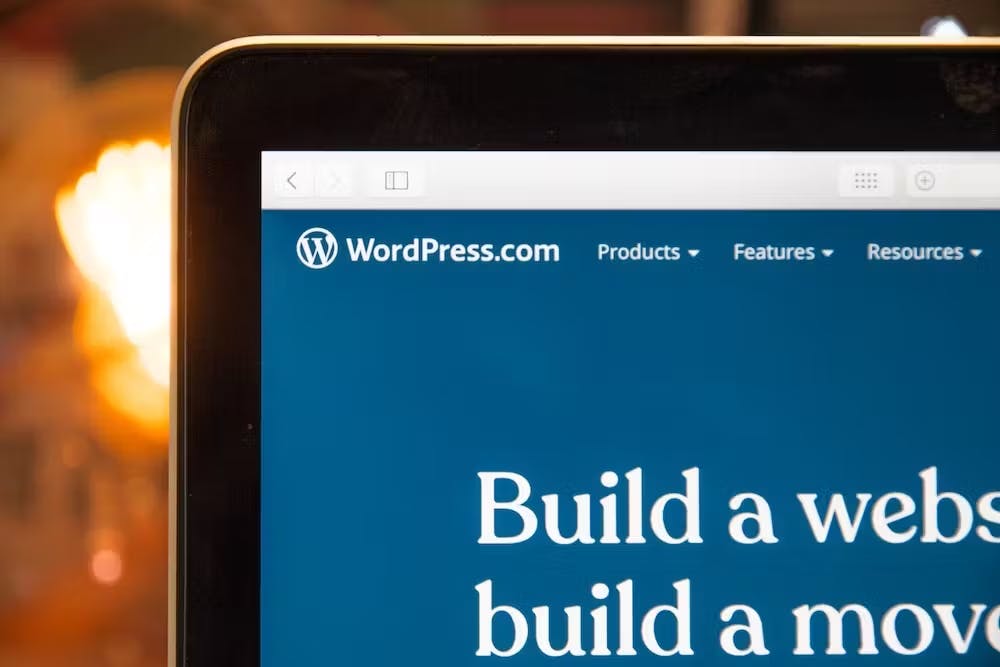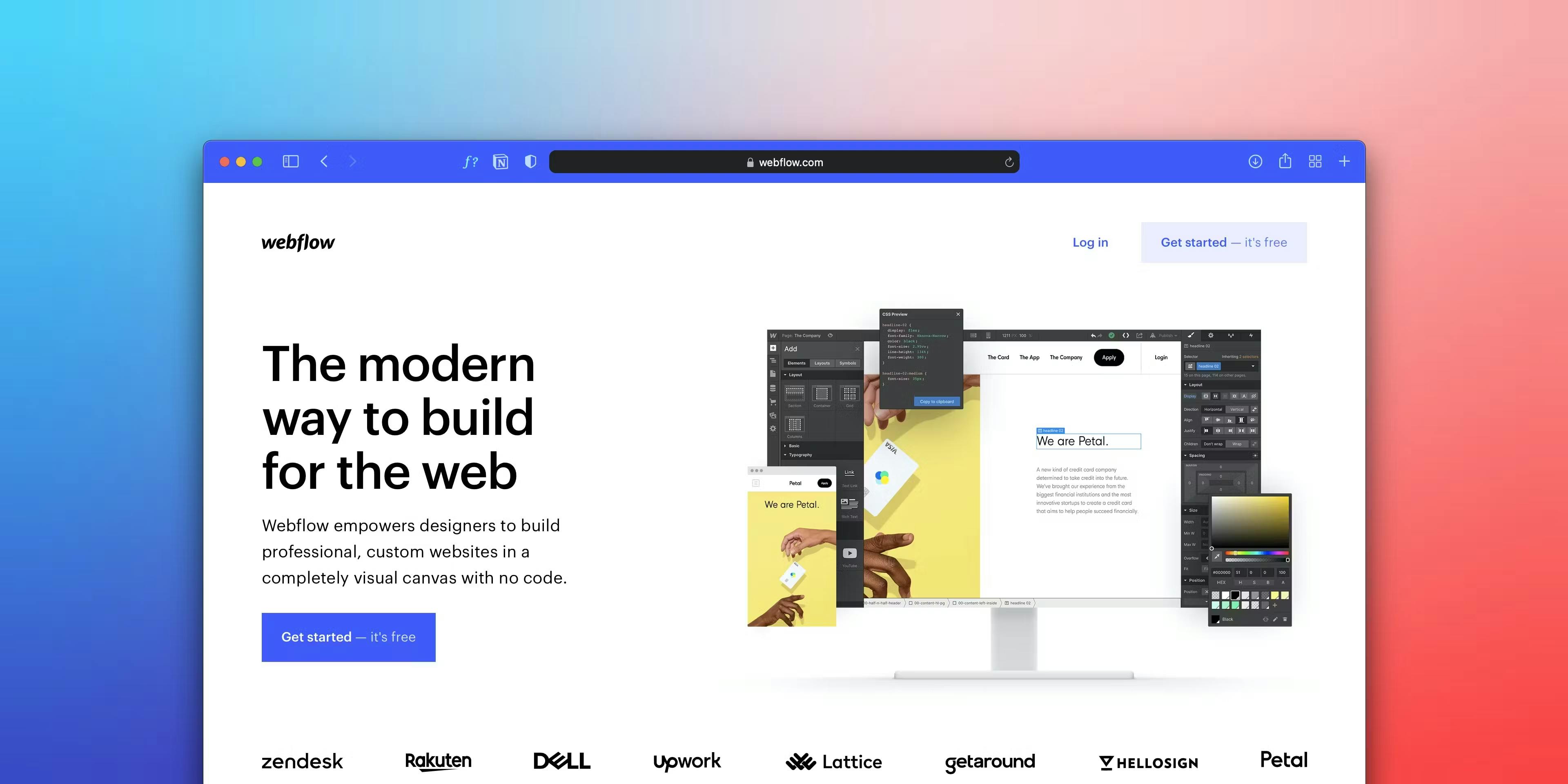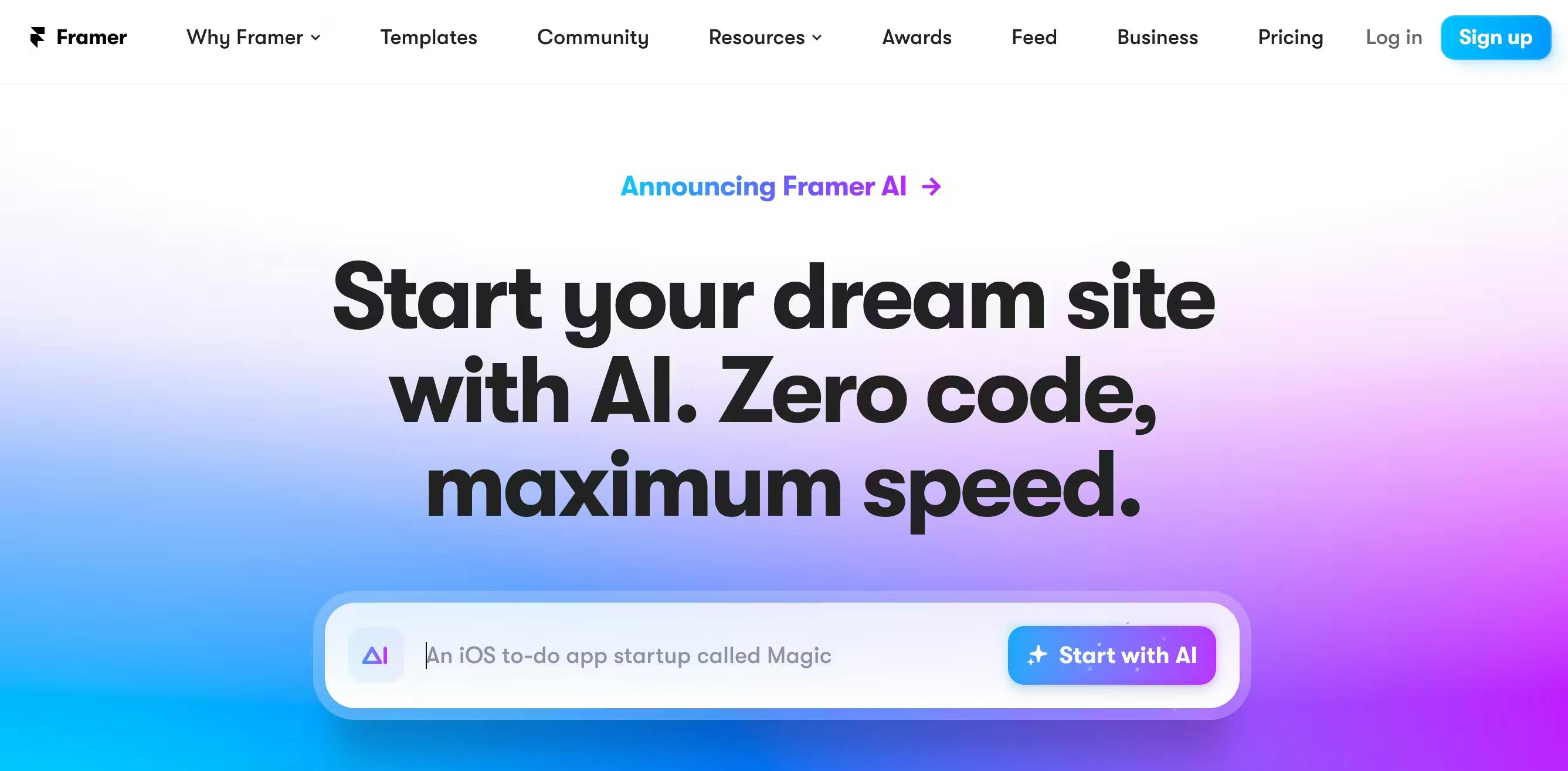CMS: WordPress, Webflow, Framer and Prismic - 4 solutions to tame the web in style!
Ah, the world of CMS (content management systems) - where website creation becomes child's play! Today, we are going to dive into a detailed comparison of 4 CMS on the market: WordPress, Webflow, Framer and Prismic. Each has its particularities and advantages, and together we will discover which ones will charm you according to your needs and your style.

CMS: WordPress, Webflow, Framer and Prismic - 4 solutions to tame the web in style!
 Source : Unsplash.com
Source : Unsplash.comWordPress: The All-Purpose Veteran
WordPress, the grandfather of CMS, came into existence in 2003. Since then, it has won millions of hearts with its ease of use and flexibility. Whether you're a blogger, entrepreneur, or seasoned developer, WordPress has something for everyone. More than 40% of sites today are created with this CMS.
With a plethora of themes and plugins, customizing your site is a breeze. You can bring any idea to life without requiring advanced coding skills. Additionally, WordPress has a huge and passionate community that offers unparalleled support.
However, this veteran is not without some drawbacks.
Managing updates and security can be tedious for novices, and finding the right plugin can sometimes feel like an epic quest. Personally, I find the architecture of Wordpress very complex and adding custom plugins will require tweaking the CMS a little to achieve its goals.
Another negative point: we easily recognize sites made on Wordpress, the layout is always a little similar and we get a little bored.
Nevertheless, WordPress is a wise choice for those looking to create a small, simple and inexpensive site in a few minutes.
Some important sites created on Wordpress:
- thewaltdisneycompany.com
- lvmh.fr
- www.nytimes.com
 Source : Unsplash.com
Source : Unsplash.comWebflow: the creator of visual dreams
Enter the captivating world of Webflow, a CMS for creators wishing to add a unique visual touch to their websites. Webflow offers a drag-and-drop approach and provides a host of tools for designing amazing sites without ever touching a single line of code.
With its powerful visual editor, you can create smooth animations and interactive layouts that will wow your visitors. You can also customize each element to achieve the precise rendering you desire, bringing your boundless creativity to life.
However, like all magic, Webflow has its price. Premium plans can be a bit expensive, especially for beginners and small projects. Additionally, code-savvy users may feel a little restricted compared to WordPress, but for creatives looking to express their unique style, Webflow is a perfect blank canvas. The code generated by Webflow is not of very high quality and may cause performance issues later.
Some sites made with Webflow:
- finsweet.com
- 25.saveachildsheart.org
- www.lollaparis.com
 Source : prismic.io
Source : prismic.ioPrismic: the headless content architect
Need a CMS capable of managing headless projects and offering ultimate flexibility for your content? Prismic is here to take up the challenge! As a headless CMS, Prismic separates the back-end from the front-end, enabling seamless content management and distribution across multiple platforms.
With a robust API, Prismic offers easy integration with any programming language. You can build websites, mobile applications and even interactive displays with incredible ease.
However, the headless world can be intimidating for web development novices. Configuration and optimization require technical knowledge, and the learning curve can be steep. However, for ambitious projects requiring a modern approach, Prismic is a powerful ally.
This CMS supports 2 frameworks to work: Next.js (React) and Nuxt.js (Vue). By choosing Prismic, you ensure modern, high-quality code.
I'm not very objective with Prismic, since it's my favorite! It's a tool that I find extremely powerful and which allows me to create tailor-made products! I invite you to read my article on this subject
Some very cool sites created with Prismic:
- greenly.earth
- qonto.com
- digitalocean.com
- koreo.fr
- plotly.com
- hopium.com
- checklyhq.com
 Source : framer.com
Source : framer.comFramer: the artist of interaction and UI
Framer is a powerful tool for designers and developers who want to create high-quality, interactive user interfaces (UIs) and prototypes. Although not strictly a CMS, Framer deserves a mention in this review because of its essential role in designing great user experiences.
With Framer, you can design interfaces rich in interactions and animations. Its intuitive visual editor helps create smooth transitions and micro-interactions that make your site or web application more dynamic and engaging for users.
Framer stands out with its library of prebuilt components and real-time collaboration tools, making it an ideal choice for design teams who want to work together seamlessly.
However, unlike traditional CMS, Framer is not designed for large-scale content management. It is more oriented towards the creation of interactive prototypes and may require the integration of a CMS such as WordPress, Webflow or Prismic to manage the actual content of the site.
Some cool sites made with Framer:
- urokitattoo.pl
- windkit.io
- thebuk.framer.website
 Source : unsplash.com
Source : unsplash.comSo, which one should I choose?
In summary, here is our comparison of the CMS WordPress, Webflow, Prismic and the Framer design tool. Each solution has its specific strengths:
WordPress is the champion of simplicity and versatility without originality for content management.
Webflow is the platform of choice for creative designers wanting to create visually stunning websites without writing code.
Prismic is the headless CMS that offers ultimate freedom for managing and distributing content across different platforms.
Framer is the tool of choice for interface designers wanting to create interactive user experiences and sophisticated prototypes.
Choosing the ideal CMS depends on your specific needs, your development skills, and the user experience you want to provide. It will also depend on your budget and the time you want to spend on it: Webflow and Framer are more designer-oriented, otherwise you will have difficulty finding the right ideas for your site. Wordpress will allow you to create content easily with lots of different templates but you will have difficulty standing out from your competitors. Finally, Prismic will allow you to have a tailor-made and efficient site but you must have the design done and a developer on hand: for the latter, I invite you to contact me :)


